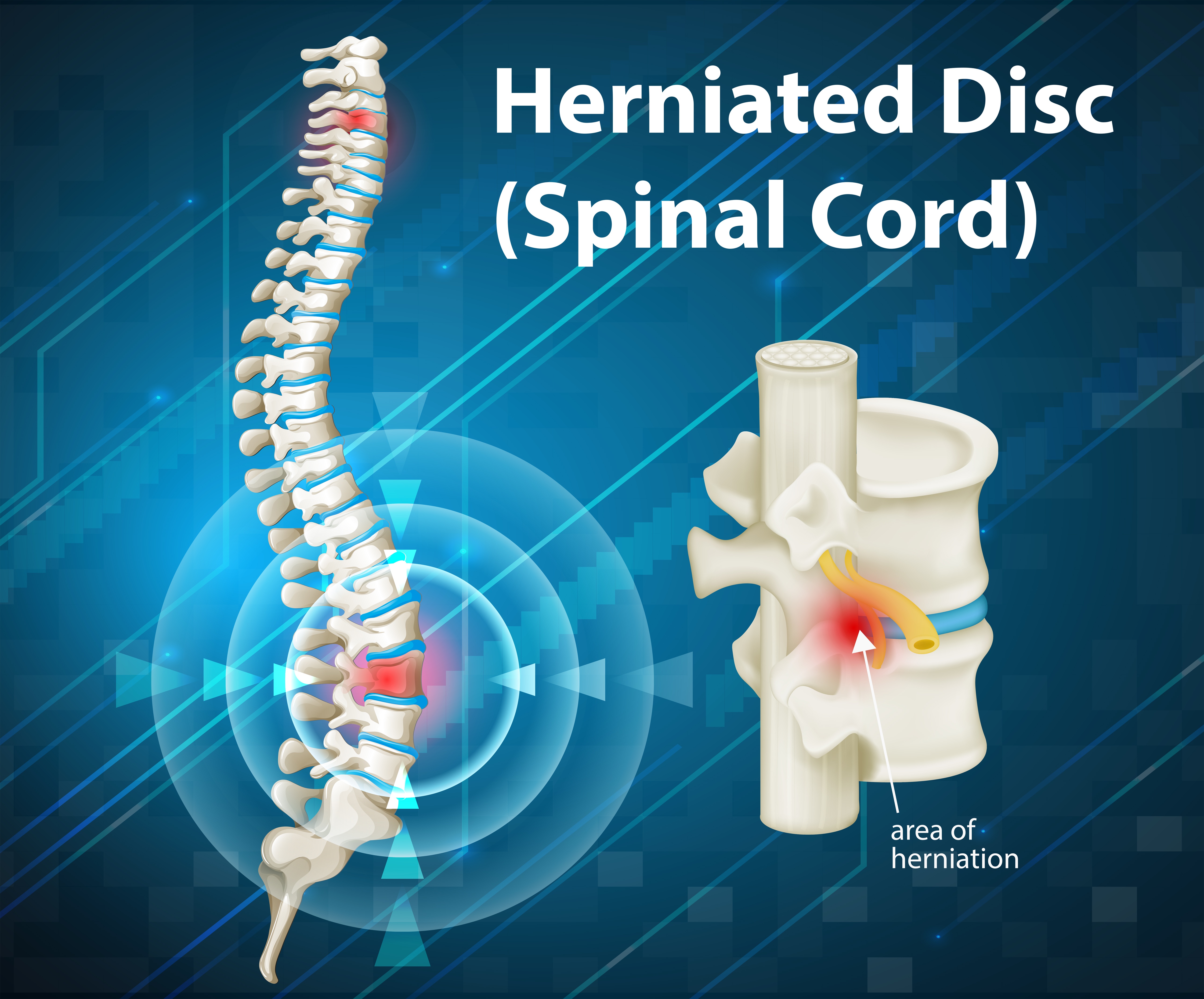Pain is a common experience that affects countless of people around the world, transcending age, gender, and culture. Whether long-lasting or acute, the feeling of pain can drastically alter a person's standard of life, affecting everyday tasks, emotional well-being, and even relationships. Understanding pain and the different management services available is essential for anyone seeking relief and a better quality of life. This comprehensive guide dives into the study behind pain, exploring the different types of pain, treatment options, and innovative therapies that can help individuals manage their discomfort effectively.
Pain management is more than just alleviating pain; it involves a holistic approach that considers physical, emotional, and social factors that influence the pain experience. From https://rentry.co/t3zy6cuz like medication to alternative treatments such as acupuncture and chiropractic care, the field of pain management is diverse. By examining the roles of physical therapy, lifestyle changes, and specialized pain management clinics, this article will showcase how effective patient care and targeted interventions can lead to noticeable improvements in overall health and well-being. Come with us on a path to uncover the complexities of pain management and find out about the therapies that truly work.
Categories of Pain and Treatment Strategies
Pain can generally be classified into 2 main types: sharp and long-lasting. Acute pain is a sudden onset discomfort that typically lasts for a brief duration and is often a result of injury, surgery, or disease. This type of pain usually diminishes once the underlying issue is treated. see this site for sharp pain often include drugs such as NSAIDs, physical therapy, and in some cases, short-term opioids. Effective management aims to reduce discomfort rapidly and facilitate recovery.
Chronic discomfort, on the other hand, persists beyond the normal healing time and can last for months or even years. It is often linked with conditions like joint inflammation, fibromyalgia, or severe headaches. Managing chronic pain requires a comprehensive approach, combining medications targeting discomfort relief, rehabilitation to improve mobility, and psychological support to tackle the emotional aspects associated with long-term discomfort. Methods such as mindfulness and CBT can also play a important role in managing emotional turmoil linked to long-lasting discomfort.

Recognizing the specific type of discomfort is vital in creating an effective treatment strategy. The accompanying symptoms and the patient's daily habits must be considered to tailor a treatment plan that may include interventional techniques, alternative therapies, and lifestyle modifications. As each individual reacts uniquely to treatments, a personalized approach can greatly enhance well-being for those suffering from various discomfort issues.
Healing Strategies in Pain Management
Pain relief encompasses a range of healing strategies designed to reduce discomfort and enhance quality of life. Physical therapy is a cornerstone of pain relief, particularly for long-term conditions. Through targeted exercises and techniques, physiotherapists help patients restore strength, flexibility, and mobility, which can considerably reduce pain levels. Personalized rehabilitation programs can also educate patients how to control their pain through appropriate body mechanics and physical modifications.
Spinal care also plays an vital role in pain management, notably for muscle and bone issues. Chiropractors focus on the alignment of the spine and overall physical function, providing treatments that can reduce tension and ease pain. Techniques such as manipulation of the spine and mobilization can restore proper movement and reduce pain, giving an effective alternative to more invasive procedures or drugs.
Supplementary treatments, such as massage therapy and traditional acupuncture, offer additional methods for pain relief. Massage therapy can enhance circulation and alleviate muscle tension, encouraging relaxation and pain relief. Acupuncture, grounded in TCM, focuses on specific points in the body to alleviate pain holistically by stimulating the nervous system. These holistic approaches not only tackle physical symptoms but also consider the mental and emotional aspects of pain, encouraging a holistic approach to pain management.
Lifestyle and Holistic Pain Management
Adopting a holistic approach to pain management can be a life-changing step for a lot of folks. This involves making purposeful lifestyle changes that enhance overall well-being and can relieve pain symptoms. Adding regular physical activity, balanced nutrition, and adequate sleep can significantly influence pain levels. For example, doing low-impact exercises such as walking, floating, or Pilates not only helps in maintaining physical health but also improves mood and energy levels, which can directly affect the perception of pain.
Mindfulness practices, including meditation and relaxation techniques, have shown effectiveness in managing pain. These practices help reduce stress and anxiety, which are often causes to chronic pain conditions. Mindfulness focuses on awareness of the present moment, allowing individuals to gain better mastery over their pain responses. Additionally, techniques such as diaphragmatic breathing exercises or mental imagery can improve mental resilience, making it easier to manage with discomfort and lessen the overall experience of pain.
Diet plays a crucial role in holistic pain management as well. Anti-inflammatory foods, such as citrus, roots, whole grains, and healthy fats, can help diminish inflammation and contribute to pain relief. Staying hydrated and avoiding processed foods can further support a healthier lifestyle. Emphasizing a balanced diet along with lifestyle changes promotes a comprehensive approach, where physical, mental, and emotional health all contribute to better pain management outcomes.
